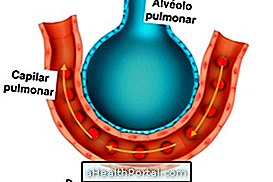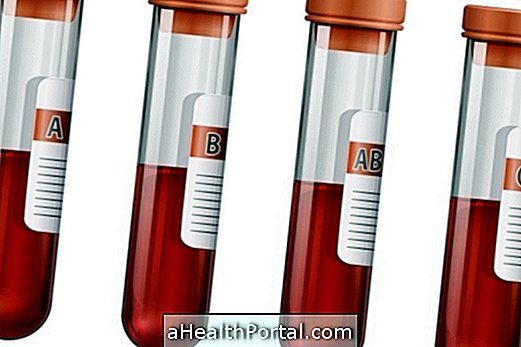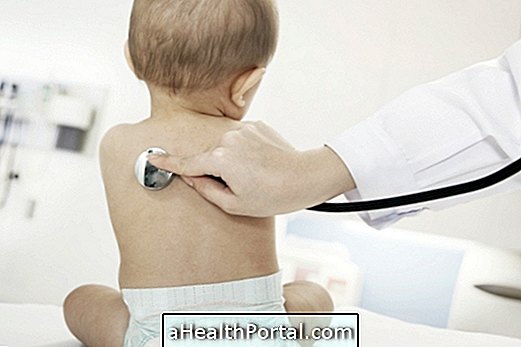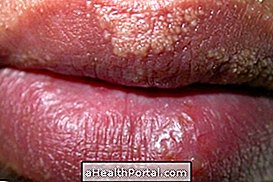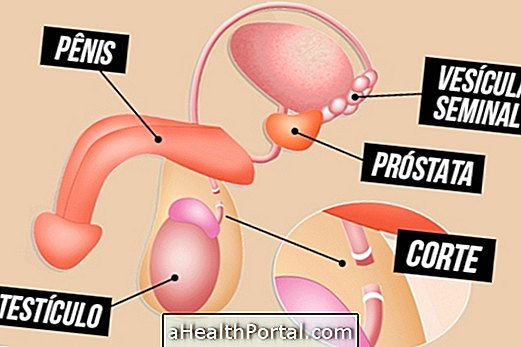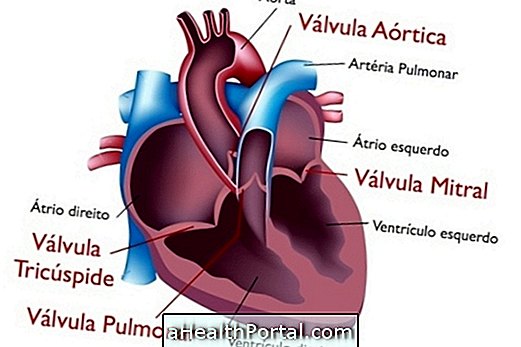Tuberculosis is an infectious disease caused by Mycobacterium tuberculosis, popularly known as Koch bacillus, which enters the body through the airways and lodges in the lung or other parts of the body, characterizing extrapulmonary tuberculosis .
Thus, depending on where the bacteria lodges, tuberculosis can be:
- Pulmonary tuberculosis : It is the most common form of the disease and occurs due to the entry of the bacillus into the respiratory tract and lodging in the lungs. This type of tuberculosis is characterized by dry and constant coughs with or without blood, with cough being the main form of contagion, since saliva droplets released by coughing contain Koch's bacilli and can infect other people.
- Miliary tuberculosis : It is one of the most serious forms of tuberculosis and occurs when the bacillus enters the bloodstream and reaches all organs, with a high risk of meningitis. Apart from the lung being seriously affected, several other organs can also be.
- Bone Tuberculosis : Although not very common it occurs when the bacillus can penetrate and develop in the bones, which can cause pain and inflammation, which is not always initially treated as tuberculosis. Learn more about bone tuberculosis.
- Lymph node tuberculosis : It is caused by the entry of the bacillus into the lymphatic system, which can affect the ganglia of the thorax, groin, abdomen or, more often, the neck. This type of extrapulmonary tuberculosis is not contagious and is cured when treated in the correct way and according to the doctor's instructions. Understand what is lymph node tuberculosis, symptoms, contagion, and how the treatment is done.
- Pleural Tuberculosis : Occurs when the bacillus affects the pleura, tissue that lines the lungs, causing intense difficulty in breathing. This type of extrapulmonary tuberculosis is not contagious, however it can be acquired by coming in contact with a person with pulmonary tuberculosis or an evolution of pulmonary tuberculosis. Learn more about pleural tuberculosis.

How is the treatment done?
Treatment for tuberculosis is free, so if you suspect you have the disease, you should seek the hospital or clinic immediately. Treatment consists of the use of antibiotics for 6 consecutive months or according to the guidance of the pulmonologist. Usually the treatment regimen indicated for tuberculosis is the combination of Rifampicin, Isoniazid, Pyrazinamide and Etambutol.
In the first 15 days of treatment, the person should be isolated as they can still transmit the bacteria to other people. After this period you can go back to your normal routine and continue to use the medications. Understand how tuberculosis treatment is done.
Tuberculosis has a cure
Tuberculosis is cured when the treatment is done in the correct way according to the doctor's recommendations. Treatment time is 6 consecutive months, meaning that even if the symptoms disappear within 1 week, the person should continue taking the medication until the 6 months have passed. If this does not happen, the bacteria may not be eliminated from the body and the disease will not be cured. In addition, there may be bacterial resistance, which makes treatment more difficult.
Main symptoms of tuberculosis
The main symptoms of pulmonary tuberculosis are dry and persistent cough with or without blood, weight loss, loss of appetite and difficulty breathing. In the case of extrapulmonary tuberculosis there may be loss of appetite, prostration, night sweats and fever. In addition, there may be signs and symptoms at the site where the bacillus is installed. See which are the 6 main symptoms of tuberculosis.
How is the diagnosis made?
The diagnosis of pulmonary tuberculosis can be made by performing chest x-ray and sputum examination with tuberculosis bacillus, also called the BAAR (Bacillus Alcohol-Acid Resistant). To diagnose extrapulmonary tuberculosis it is recommended to perform a biopsy of the affected tissue. A tuberculin skin test, also known as a Mantoux or PPD test, can be performed which is negative in 1/3 of the patients. Understand how the PPD is done.
How is the transmission
Transmission of tuberculosis can happen through the air, from person to person through the inspiration of infected droplets released through coughing, sneezing or speech. Transmission can only occur if there is pulmonary involvement and up to 15 days after starting treatment.
People who have the immune system compromised by disease or age, smoke or use drugs are more likely to be infected by the tuberculosis bacteria and develop disease.
The prevention of the most serious forms of tuberculosis can be done through the BCG vaccine in childhood. In addition, it is recommended to avoid crowded, poorly ventilated areas with little or no sun exposure, but it is essential to stay away from people diagnosed with tuberculosis. See how tuberculosis transmission occurs and how to prevent it.




